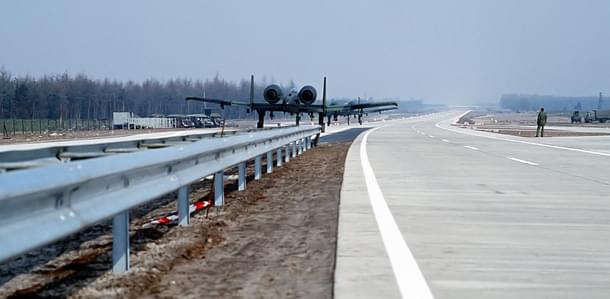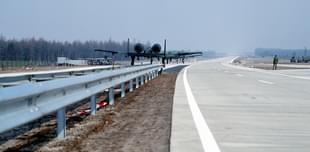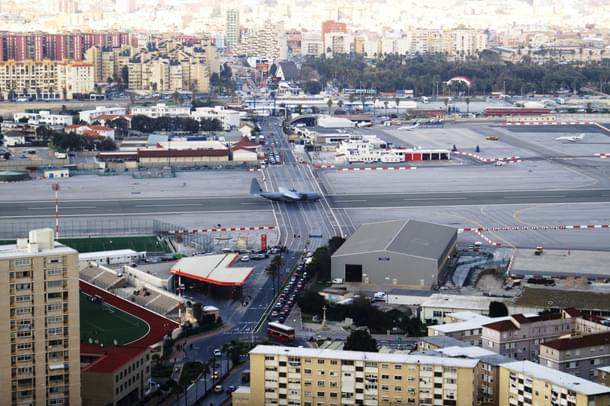Ideas
Turning Roads Into Runways: A Look At Gadkari’s Air Connectivity Plans
Srikanth Ramakrishnan
Jun 22, 2016, 04:11 PM | Updated 04:11 PM IST
Save & read from anywhere!
Bookmark stories for easy access on any device or the Swarajya app.


Union Minister for Road Transport and Highways Nitin Gadkari recently said that the government had plans to convert some roads into runways for aircraft landing and take-off. Both commercial and defence operations found a place in the proposal.
Given the recent Civil Aviation policy, which seeks to make air travel more affordable, this plan makes for an interesting development. It may seem unfeasible to many at first glance but the proposal talks about the conversion of roads to runways in border and remote rural areas, where vehicular traffic is low and air connectivity is either limited or absent.
Road runways, also called highway strips, are prevalent in several countries, like Germany and Taiwan, where they are used for emergency landing of defence aircraft.
Revealing more about his plan, Gadkari said that the roads-turned-runways could be closed during take-off and landing of the aircraft, and open to the public at other times. This increases the scope of the proposal greatly. For instance, the border areas in Arunachal Pradesh, which Gadkari has mentioned in his plan, can be used to build airstrips for the Air Force to use in case of, say, a Chinese incursion.
To convert a road into a runway, the road needs to be levelled, straightened, widened, and strengthened. This will prove to be an advantage for motorists as they will have better road quality, in addition to more security.
Effective cordoning off of the runway can be achieved by setting up barriers. Streetlights, medians, and telephone and power cables need to go underground.
Most important, the road must be clearly marked off as a runway. Runway edge lights must be provided at the periphery, along with approach lights on either end. These lights could also be used for street lighting, if required.
Security and aviation arrangements can be made by building necessary infrastructure nearby, say along a section of the road to which a taxiway can easily connect. This taxiway can be shut off in the absence of arrival or departure of a flight.
As far as the plan goes, the runway will most likely be equipped to accommodate smaller aircraft like an ATR, Mirage, or a Dornier.

What is important to note is that these sectors will not have more than three or four commercial flights landing or taking off in a day; naturally, disruption to regular traffic would be minimal. It would be similar to a manned level crossing where one waits for the train to cross.
If future expansion is to be considered, the runways can be built at ground level, with the road carrying the regular traffic movement going under it - similar to an underpass. They are capital intensive and take up the same amount of land.
The Gibraltar Airport in Europe has a road that cuts across the runway. The scenario here would be similar to it, except that, instead of the road cutting across the runway, the road will act as the runway.
In May 2015, the Indian Air Force had landed a Mirage aircraft on the Yamuna Expressway as a trial run while announcing its plans to activate other stretches in the future. However, roads like the Mumbai-Pune or Ahmedabad-Vadodara Expressway cannot be used as highway strips due to the high volume of traffic movement.
The Ministries of Civil Aviation, Defence, and Road Transport will have to come together to set up the Air Traffic Control and all such important infrastructure necessary to make this plan a success.
Overall, the policy seems to have a sound backing to it, and is quite feasible in providing connectivity by air. As a bonus, it will also help in such important matters as keeping our border areas more secure.
Further Reading:
Srikanth’s interests include public transit, urban management and transportation infrastructure.





